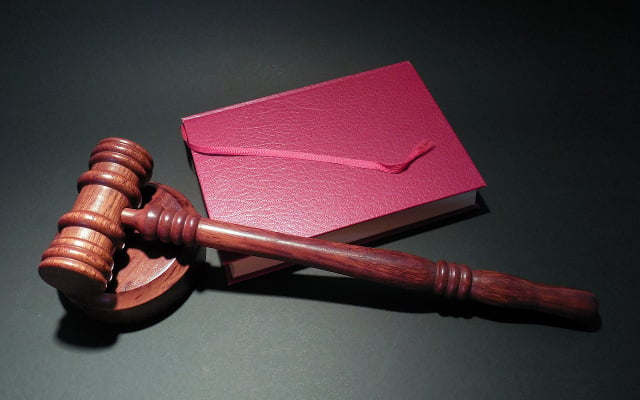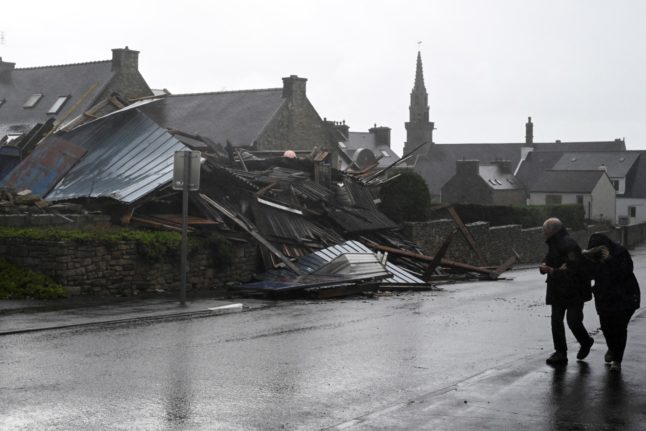Online buying has been booming for years and auctions are no exception.
Many of the world’s top auction houses – Christie’s, Sotheby’s, Phillips – report that up to 25 percent of their bids now come in over the internet.
The phenomenon has added to the drama that comes from phone bidders, not to mention the people in the room bidding with a paddle or nod of the head.
Online auctions can seem mysterious and confusing to some, but they’re really just another way of shopping.
Covering 1,600 auction houses globally, Barnebys is the world’s largest art and auction search engine, and thus knows a thing or two about getting the most from online auctions.
Here are their ten tips for getting started and having fun in the world of online auctions.
1. The estimate is just an indication
Remember, the estimate for the item in the catalogue is just that, merely an indication of what the piece is worth. If lots of people want the item the cost can spiral, but if fewer are interested you might get a bargain.
2. Do your research
Get as much information as you can about the item before you start. Read the information carefully and don’t be afraid to email the auction house in advance for more photos or information.
Who is the artist? Is a painting signed or unsigned? What are the proportions? Will it fit through your front door or in your living room? Check where and when your auction item was made: the original Eames chairs were made in 1956 but have been in constant production under licence ever since. And remember, if you are buying something old, it will inevitably have chips or cracks.
3. Decide on your limit
Decide your limit before the bidding starts, or as Barnebys co-founder Pontus Silfverstolpe says, “Follow your wallet, not your heart. You can get emotionally caught up in the thrill of the moment and continue bidding beyond what you can afford. Ask yourself: ‘What is this item worth to me?’”
4. Look out for extra charges
Check for additional charges before you bid. Auction houses usually charge a 15-25 percent buyer’s commission on top of the hammer price, and some online bidding platforms charge 3-5 percent just to use them. In those cases, you may want to avoid the charge by arranging to bid via telephone.
5. It is a contract to buy
Remember, when the auctioneer bangs the gavel down at the end of bidding, it establishes the hammer price and it is a contract to buy.
6. Place an absentee bid
This authorises the auction house to bid on your behalf to secure the lot at the lowest possible price. You register the maximum hammer price you are prepared to pay, then the house places bids in increments until your limit is reached – or hopefully before.
As Silfverstolpe puts it, “To be sure and feel secure” – place an absentee bid.
7. Keep an eye on the deadline
Some auctions work in a similar way to eBay where the bidding process runs over days, heating up as the sale deadline approaches. You receive email alerts as other bidders top your price, but exercise caution.
“In the last two hours the price can explode,” warns Silfverstolpe.
8. Pay up quickly
Once you win, you will have 5 to 10 bank days to pay and make transport arrangements for your purchase. It’s worth doing this quickly as some auction houses charge storage fees after a few days.
9. Go with your heart
What to buy? Buy with your heart (but let your wallet set the price limit) – then you are more likely to enjoy the item and keep it longer.
10. Remember the date
Don’t forget to note the date and time of the sale, so you are sure not to miss it.
Why not try an online auction yourself?
Click on one of the listings above or visit Barnebys to browse any of more than half-million items for sale from more than 1,600 auction houses worldwide.
This article was produced by The Local and sponsored by Barnebys.



 Please whitelist us to continue reading.
Please whitelist us to continue reading.